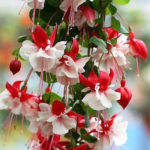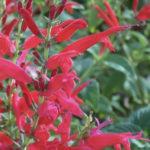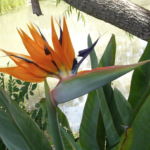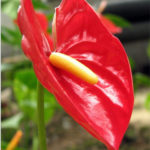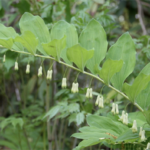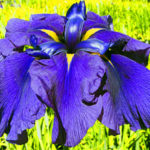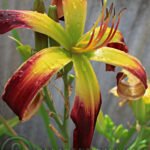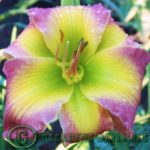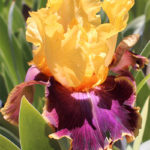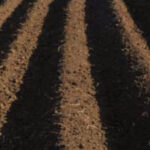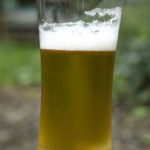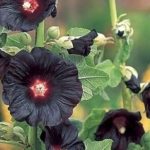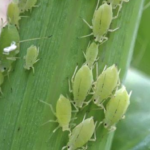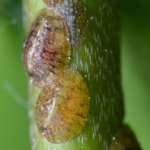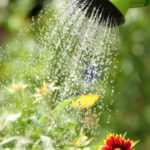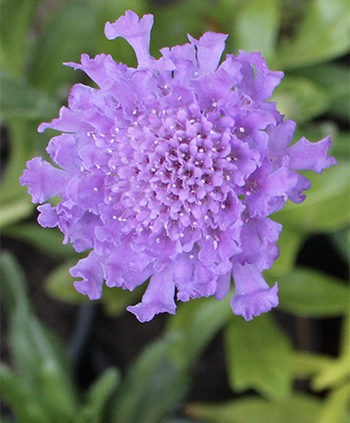
Scabiosa Pincushion Flowers Care
Scabiosa Plant Where And How To Grow & Care For Its Varieties
 Scabiosa is a compact evergreen perennial flowering plant belonging to honeysuckles family. Many of the species have common names including the word scabious. They are also commonly known as the “Pincushion Flowers” or “Butterfly Blue”. It is a popular garden flower known to gardeners all around the world. The stamens resemble pins stuck in a pin cushion. In addition to the beauty of the flowers, the long stemmed flower produces lots of nectar, which attracts butterflies and bees. It is used as a folk medicine to treat the skin disease called scabies and hence the name scabiosa. The plants belonging to this genus may be annual or perennials and has herbaceous as well as woody representatives. This plant is native to Europe, Asia, and North Africa. They flower for a long time, during the spring flush the different flower colour range start from blue, lilac, red, yellow, purple or cream. The leaves are usually hairy with leaves divided into lobes or in some species with simple leaves. This is another very tough plant after it’s established. The flowers are produced in early summer and will rebloom in autumn just like some daylilies. The cut flowers are worth picking a bunch from the garden, they can last more than a week in the vase. They are well liked by florists and flower shops, use the flowers for floral designs for weddings wearing them in button holes and corsages.
Scabiosa is a compact evergreen perennial flowering plant belonging to honeysuckles family. Many of the species have common names including the word scabious. They are also commonly known as the “Pincushion Flowers” or “Butterfly Blue”. It is a popular garden flower known to gardeners all around the world. The stamens resemble pins stuck in a pin cushion. In addition to the beauty of the flowers, the long stemmed flower produces lots of nectar, which attracts butterflies and bees. It is used as a folk medicine to treat the skin disease called scabies and hence the name scabiosa. The plants belonging to this genus may be annual or perennials and has herbaceous as well as woody representatives. This plant is native to Europe, Asia, and North Africa. They flower for a long time, during the spring flush the different flower colour range start from blue, lilac, red, yellow, purple or cream. The leaves are usually hairy with leaves divided into lobes or in some species with simple leaves. This is another very tough plant after it’s established. The flowers are produced in early summer and will rebloom in autumn just like some daylilies. The cut flowers are worth picking a bunch from the garden, they can last more than a week in the vase. They are well liked by florists and flower shops, use the flowers for floral designs for weddings wearing them in button holes and corsages.
What Are The Growing conditions For Scabiosa Flowers?
This plant variety requires well drained and warm soil and exposure to full sun for part of the day. The plant prefers sandy or clayey soil with neutral or alkaline pH. They can grow well in a rock garden or in containers and afternoon shade will work wonders in the summer. The plant needs protection from winds as they have wiry stems. The annual plant requires moderate watering to keep the soil moist but the perennials can allow for less water to survive and meet tougher extreme weather conditions. Depending on where you live sometimes rainfall is adequate.
How to grow?
The sowing time depends on the variety you are growing. Annual varieties should be sown when there is no potential danger of frost, preferably after the last frost. Perennials should be sown before the start of spring or autumn. The seeds should be lightly covered with soil and the spacing required is 30-40 cm apart. Germination occurs within two weeks. The plant forms clumps and needs division. The annual types of pincushion generally produce smaller flowers growing from seed, but will gain an improving scale of colour from cream to dark burgundy near black flowers.
Where Do You Grow Pincushion Flowers?
I have the interesting Scabiosa Caucasica Blue Queen flowers growing in my garden and it can tolerate increased high extreme weather temperatures. They also stomach mighty high heat conditions and I know salty sprays don’t affect its growth and beautiful blossoms. They are cold hardy as well I think pincushion flowers would thrive in every climate, they grow in weather temperature forecasts below zero to 40C+ where I live and they have been in the ground for at least five years and never looked back. This plant is planted in my dry garden where it receives very little water. So in some climates, it could very well grow in a Xeriscape Garden once it becomes established.
Care for the plant
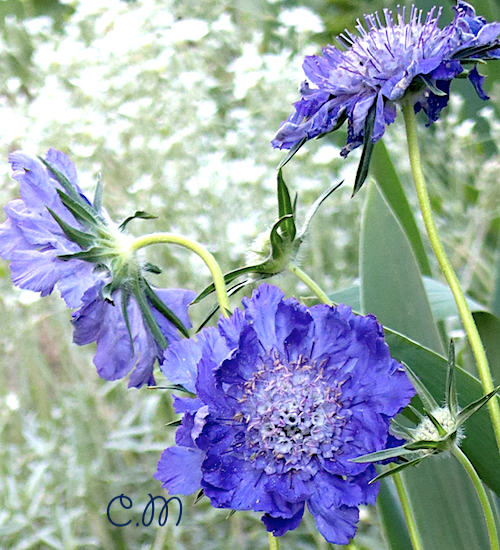 The plant care of the scabiosa plant is not too much work, the annual variety is easy to grow and maintain. Due to scabiosa flowers growing and reaching up to a height of two feet tall in windy areas, this plant may need plant support. An actual frame that supports the flowers. A garden trellis hoop type of supports are designed to keep plant stems in an upright position. In summer, ensure that the annual pincushion varieties soil is moist. Mulching with pine barks or cubed cane mulch, pea straw is often best it helps to retain the moisture in the soil. Deadheading flowers promote the production of more flowers. Prune the plant in autumn after the end of the growing season. Divide the plant every 2 to 3 years to maintain vigorous growth. If you want more plants to be produced, divide the perennial variety of Scabiosa clump at the beginning of spring. You can also take cuttings from the plant in the summer to produce new plants or simply layer the plants in the existing soil.
The plant care of the scabiosa plant is not too much work, the annual variety is easy to grow and maintain. Due to scabiosa flowers growing and reaching up to a height of two feet tall in windy areas, this plant may need plant support. An actual frame that supports the flowers. A garden trellis hoop type of supports are designed to keep plant stems in an upright position. In summer, ensure that the annual pincushion varieties soil is moist. Mulching with pine barks or cubed cane mulch, pea straw is often best it helps to retain the moisture in the soil. Deadheading flowers promote the production of more flowers. Prune the plant in autumn after the end of the growing season. Divide the plant every 2 to 3 years to maintain vigorous growth. If you want more plants to be produced, divide the perennial variety of Scabiosa clump at the beginning of spring. You can also take cuttings from the plant in the summer to produce new plants or simply layer the plants in the existing soil.
Varieties of Scabiosa
There are different species of Scabiosa with different flower colours and different features.
- Scabiosa Atropurpurea or Sweet Scabious has pleasantly fragrant flowers in violet, pink, mauve, crimson or ruby reds.
- Scabiosa Columbaria or ‘Misty Butterflies” is a branched perennial with light blue or purple flower heads.
- Scabiosa Caucasica Blue Queen is extremely tolerant of drought and frost. It is ideal for beds and as borders.
- Scabiosa ‘Lilac Queen’ is an evergreen plant with lilac mauve flowers. Good for the rock garden and for borders
- Scabiosa Caucasica ‘Fama’ has showy flowers which are good for cut flowers. Ideal for cottage gardens and cutting gardens.
- Scabiosa Caucasica Alba or “Fama White” is a perennial with white flowers.
Water and fertilisation needs can be kept minimal once the plants are growing and are established. Try growing the scabiosa plant, the well known pin cushion flower. It is a lovely trouble free plant from powdery mildew, fungus and is rust repellent. I don’t know of any pests and diseases that are prone to attack scabiosa plants.


